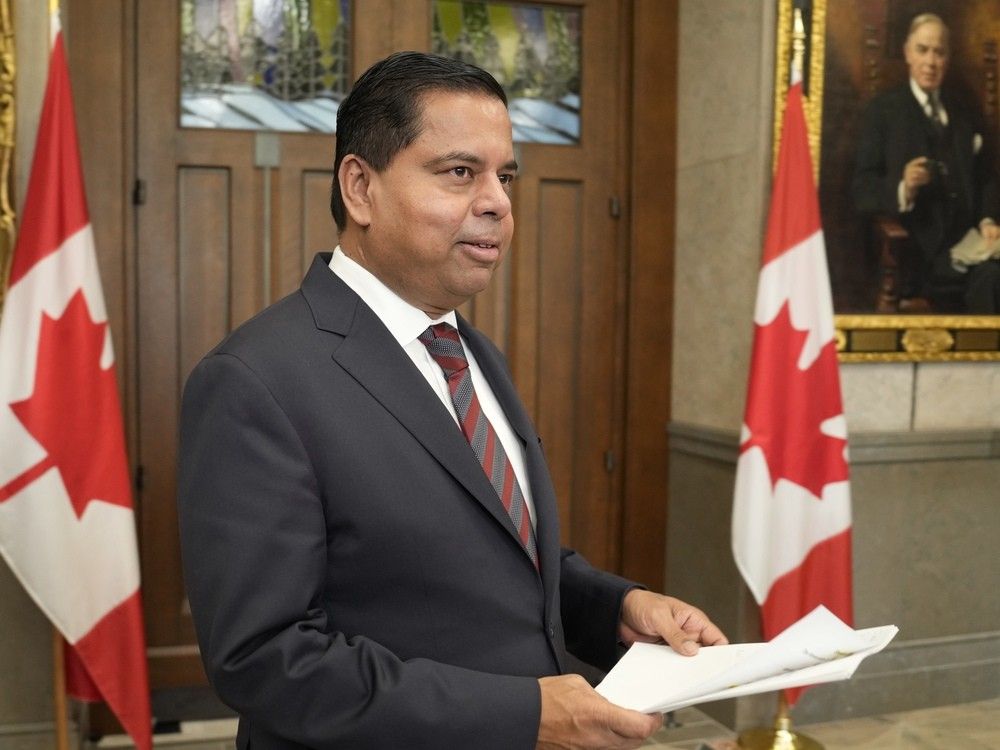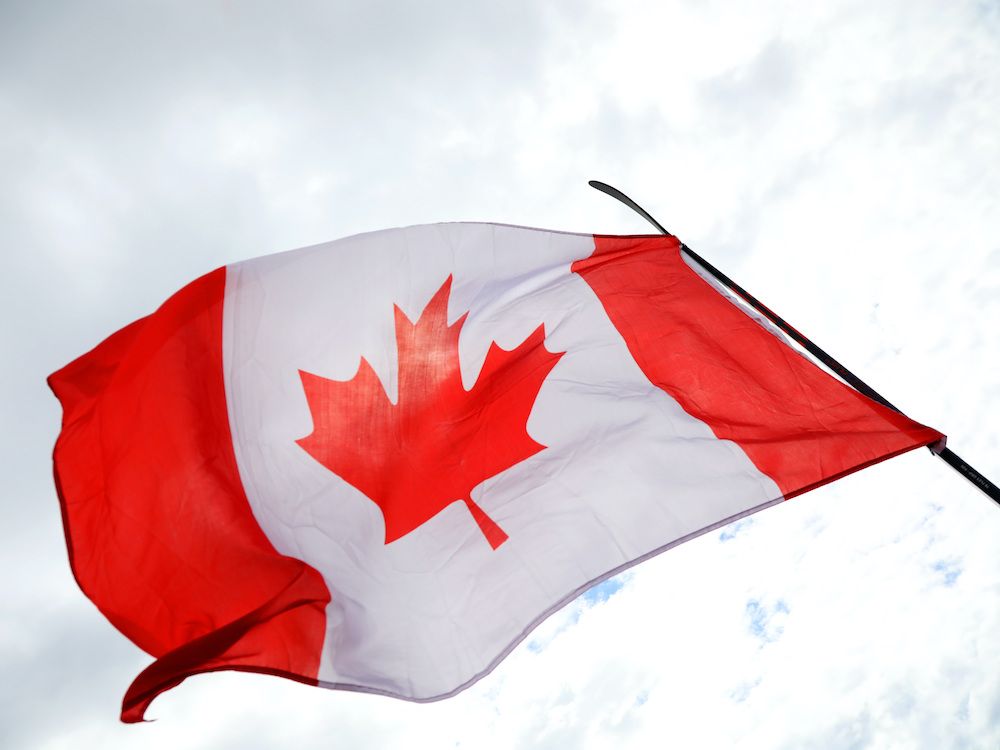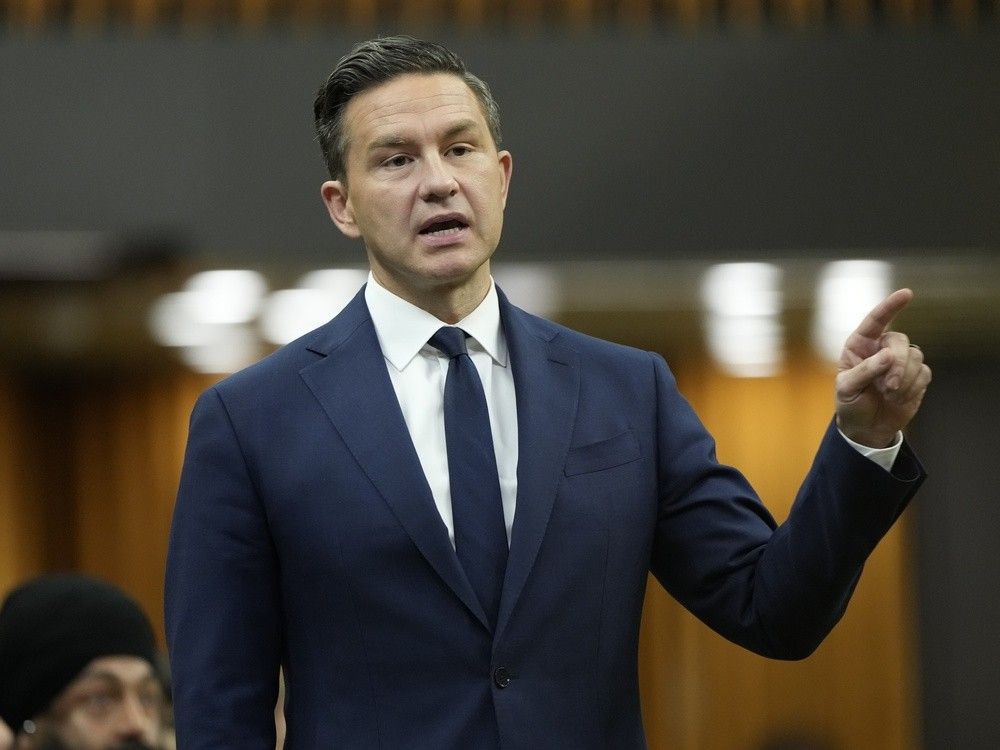
OTTAWA — The federal government is seriously considering designating the Bishnoi Gang, an Indian criminal organization police allege is collaborating with the Indian government to carry out violent crimes in Canada, a terrorist organization.
On Monday, Public Safety Minister Gary Anandasangaree’s office confirmed for the first time that the government was eyeing designating the notoriously violent gang as a terrorist group in response to questions about the Bishnoi gang.
“The decision to place an entity on the terrorist list is made based on evidence, intelligence, and the advice of our security and intelligence services. Our national security experts independently evaluate and provide recommendations on whether any entity meets the thresholds set out in the Criminal Code,” the minister’s spokesperson Simon Lafortune said in a statement to National Post.
“That process is rigorous and ongoing, and all potential threats are continually assessed to ensure we are keeping Canadians safe,” he added.
On Friday,
the Ahmedabad Mirror, an Indian news outlet,
first reported that Canadian authorities are “actively considering” declaring the organization led by infamous Indian gangster Lawrence Bishnoi, 32, a terrorist group.
The article was published one day after a discreet meeting between Prime Minister Mark Carney’s National Security and Intelligence Advisory Nathalie Drouin and her Indian counterpart, Shri Ajit Doval.
The news comes as Carney’s government works to rebuild the relationship with the Indian government after diplomatic ties blew up in 2023 amid serious allegations that the latter was tied to the assassination of Canadian-Sikh activist Hardeep Singh Nijjar in Canada.
The Canadian government is wrestling with its desire to deepen economic ties with the emerging economy as a hedge against China all the while grappling
with ongoing allegations that the Indian government
is violently threatening the Sikh community on Canadian soil.
In its 2024 annual report
, CSIS warned of India’s “continued foreign interference” in Canada. “Transnational repression plays a central role in India’s activity in Canada,” the spy agency wrote.
The process of designating a new terrorist group involves an assessment by Canadian intelligence and police agencies, which make a recommendation to the minister. The minister then brings the file to cabinet, which decides if a group is designated a terrorist group under the Criminal Code.
Designating the gang as a terrorist organization would give the federal government increased ability to sanction its members as well as preventing them from entering the country.
In recent months, provinces, opposition parties and the Sikh community have increasingly pressured the federal government to sanction the Bishnoi gang.
The premiers of British Columbia and Alberta have called on Carney to add the Bishnoi gang to the list of designated terrorist entities, a call echoed by the federal Conservatives and NDP as well as Sikh community groups.
Last fall, RCMP top brass took the extraordinary step of issuing a public warning of growing violent threats against the Canadian Sikh community that were linked to Indian government officials.
RCMP Commissioner Mike Duheme said the police had evidence that Indian government agents were linked to homicides and violence in Canada including arson and death threats. He also said organized crime groups were being used to create the perception Canada is unsafe for South Asians.
RCMP Assistant Commissioner Brigitte Gauvin specifically singled out the Bishnoi gang as a group operating clandestinely in Canada, conducting violent crimes on behalf of the Government of India.
The Bishnoi gang is led by
infamous Indian gangster Lawrence Bishnoi
, who operates a network of violent criminals from Indian prison.
Bishnoi gained notoriety back in May 2022, when the gang allegedly murdered prominent Punjabi singer and rapper Sidhu Moosewala in Punjab. Police said Bishnoi’s colleague Goldy Brar allegedly orchestrated Moosewala’s killing from Canada.
The Bishnoi group has also claimed responsibility for attacks on the homes of two prominent Punjabi singers, AP Dhillon and Gippy Grewal, in B.C., over the past two years, as its empire of fear has expanded to Canada.
Jody Thomas, the former national security advisor to former prime minister Justin Trudeau, told National Post that adding the Bishnoi gang to the list of designated terrorist groups a good call because cabinet has a limited number of tools at its disposal.
“The Bishnoi Gang has exercised their power and their terror on Canadians. Short of any other tool, this is the right choice,” Thomas said in a text message.
News that Canada is considering designating Bishnoi’s group a terrorist organization comes within days of two discreet but significant meetings late last week between Canadian and Indian government officials.
On Thursday, Drouin travelled to India to meet her counterpart Doval — who has been linked by Canada to Nijjar’s murder. Both parties “committed to non-interference including refraining from transnational repression,” according to a
Canadian readout of the meeting.
On Friday, Deputy Minister of Foreign Affairs David Morrison met with his Indian counterpart to discuss how to further restore diplomatic and economic ties since both governments appointed new high commissioners to the other country earlier this month,
according to India
.
In a statement Monday, World Sikh Organization of Canada President Danish Singh reiterated his call for the government to designate the Bishnoi Gang a terrorist organization.
“The Government of India, through the Bishnoi Gang, continues to wreak havoc across Canada with extortions, murders and shootings. Canada must move swiftly to formally list the Bishnoi Gang as a terrorist organization under Canadian law,” Singh said.
Beyond this, Ottawa must impose sanctions on those in the Indian government who are directing, financing, or facilitating this violence.”
National Post
cnardi@postmedia.com
Our website is the place for the latest breaking news, exclusive scoops, longreads and provocative commentary. Please bookmark nationalpost.com and sign up for our politics newsletter, First Reading, here.




















